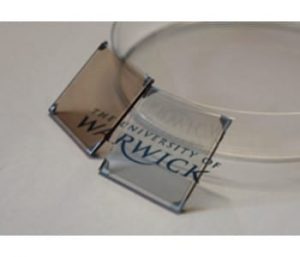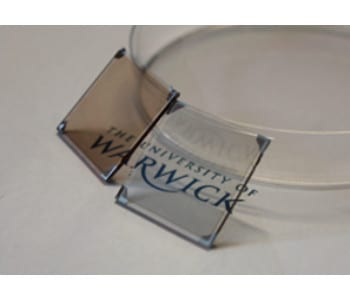 For organic photovolatics to become cost-competitive for principal power generation the transparent electrode must be made from low cost, non-toxic materials that are compatible with flexible substrates. These constraints rule out the use of conducting oxide electrodes such as indium-tin oxide (ITO) – long established as the window electrode of choice for many applications including information displays – because they are brittle and costly to process.
For organic photovolatics to become cost-competitive for principal power generation the transparent electrode must be made from low cost, non-toxic materials that are compatible with flexible substrates. These constraints rule out the use of conducting oxide electrodes such as indium-tin oxide (ITO) – long established as the window electrode of choice for many applications including information displays – because they are brittle and costly to process.
Now, Oliver S. Hutter and Ross A. Hatton from the University of Warwick have reported a new type of window electrode based on an ultra-thin bilayer of copper and amorphous tungsten sub-oxide, which derives its remarkable optical and electrical properties from rapid solid-state diffusion of copper into the oxide overlayer at room temperature. The sheet resistance of this electrode is exceptionally low at 6-7 Ω Sq-1 and the transparency, although not on average as high as ITO glass, is well-matched to the solar spectrum and thus to narrow band gap organic semiconductors used in high efficiency OPVs. Importantly copper is only ~1% of the cost of indium and silver.

















